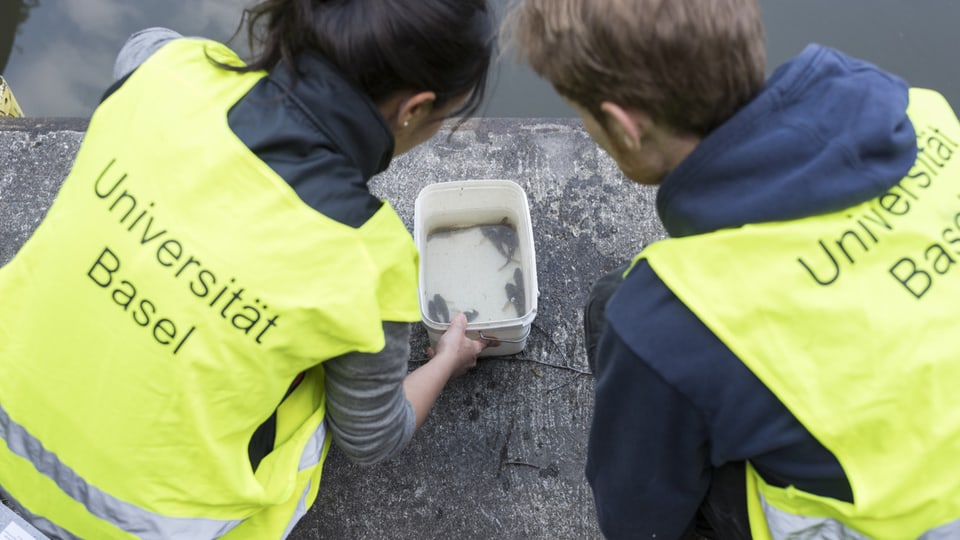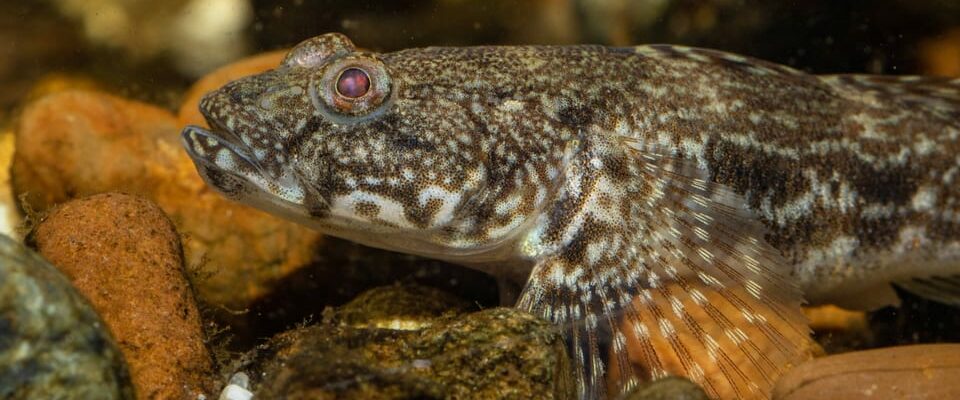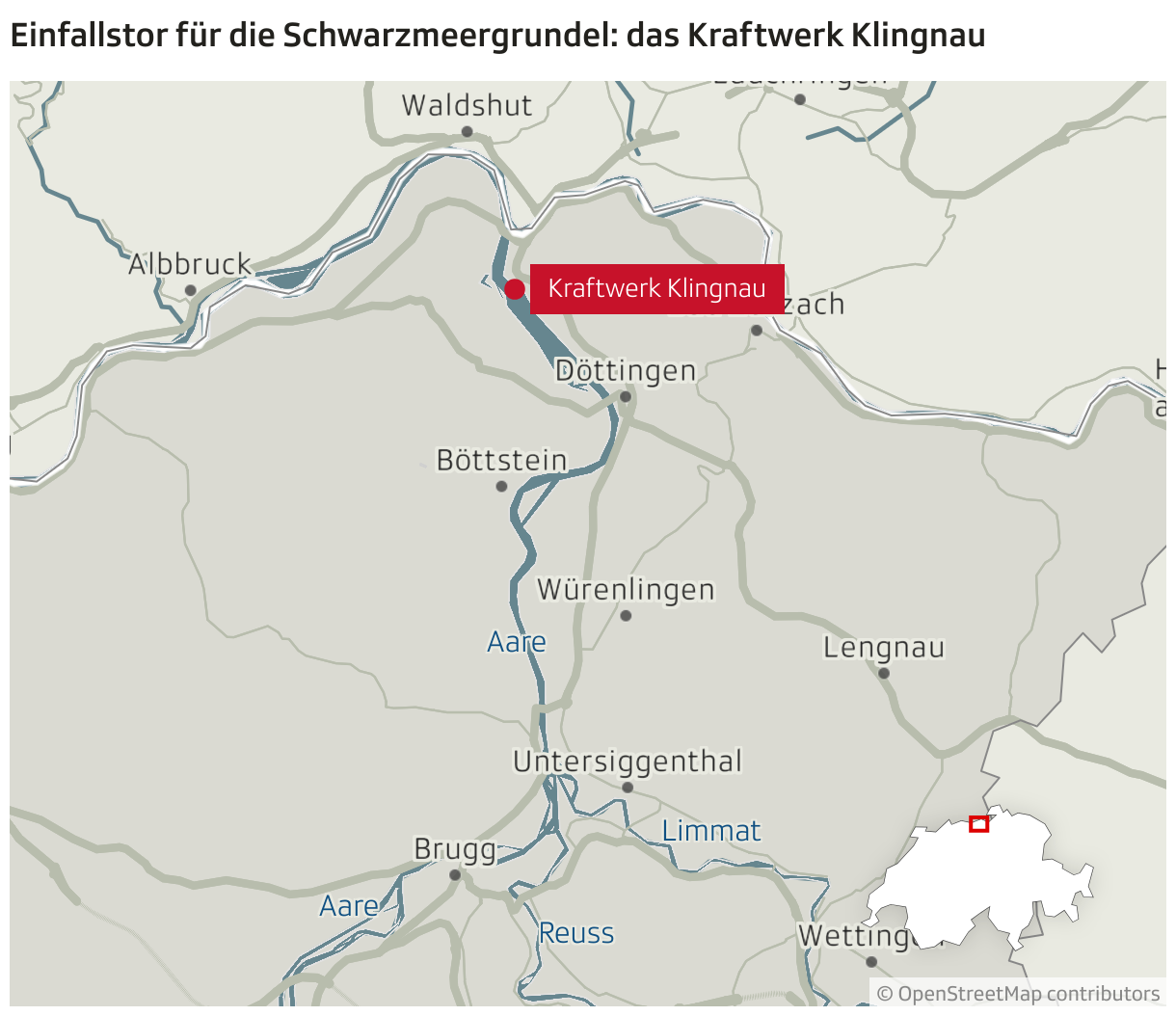The problem of the “Black Sea goby”: Since the 1990s, various gobies have been spreading around the world as invasive fish species. They have been detected in the Rhine near Basel since 2011. These fish are considered particularly “predatory”. They eat many small animals, which the local fish then lack as food. They also devour young fish and spawn of native species. In the Rhine near Basel, gobies are now more common than any other fish species.
Observations from other countries are causing Swiss experts to sound the alarm. The rapid spread could threaten rare species such as grayling and grayling in Swiss rivers and lakes, making it an ecological danger. But it is also about whitefish species, which are economically important for fishing.
Legend:
The “Black Sea gobies” are actually different species of gobies from the Black Sea. The first species recorded in Switzerland was the Kessler goby.
IMAGO / perspective
The short-term solution in Klingnau: The gobies must therefore be stopped “on the current front”, according to a draft order from the Aargau government. It has decided that the fish ladder at the Klingnau power plant will be temporarily taken out of operation. Aargau has a “special national responsibility” on this issue.
The Klingnau power plant is essentially the gateway to the Mittelland: Here, fish from the Rhine can be stopped before they continue up the Aare into the Reuss and Limmat, and from there into countless backwaters and lakes. “If the gobies come to the Aare, then the whole of Switzerland is open to them,” says the responsible project manager Jonas Ruckli to SRF. The power plant is a strategically important place – that’s why the gobies should be stopped here.
The long-term solution for Switzerland: However, closing the fish ladder is a drastic measure. Because the route from the Rhine to the Aare and beyond is also cut off for all other fish species. The Aargau authorities consider this to be “justifiable” because the current fish ladder in Klingnau is outdated anyway. It already holds a lot of fish and therefore needs to be renovated.
The authorities have great hope for a new type of “goby barrier” at the University of Basel. A prototype was tested last summer at the Rhine power plant in Rheinfelden. The Klingnau power plant should also have such a migration barrier for gobies, according to the Aargau order. The renovation of the fish ladder in Klingnau is scheduled for 2026.

Legend:
The experts in “invasion biology” at the University of Basel have been researching and working with gobies in the Rhine for over ten years.
Keystone/Ennio Leanza
Further measures in the fight against gobies: The invasive fish not only migrate further and further under their own power, they are also spread by people. Exotic fish would be released from aquariums or goby eggs would be distributed into the waters from boats. For this reason, there are already regulations and awareness campaigns in many cantons. In Aargau’s Hallwil Lake, for example, the following applies: Every boat must be cleaned before launching.
Nevertheless, the Aargau government states that the closure of the fish ladder at the Klingnau power plant is necessary. The order will initially be limited to one year, but it could be extended if necessary. Incidentally, the measures are coordinated with the Federal Office for the Environment – which agrees to the order.

